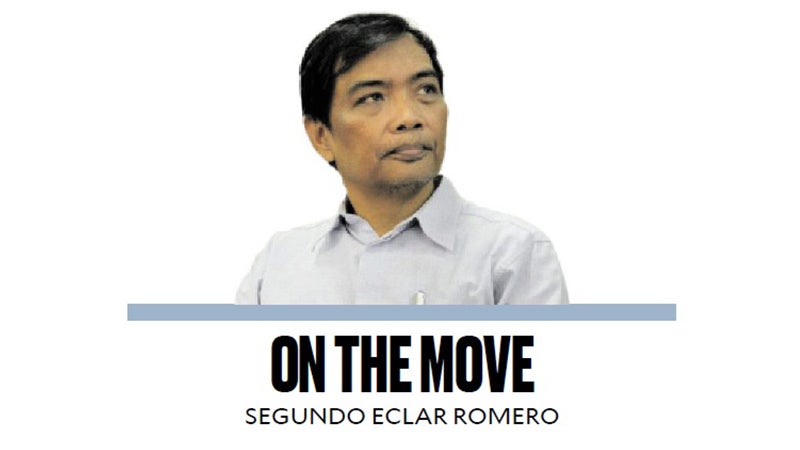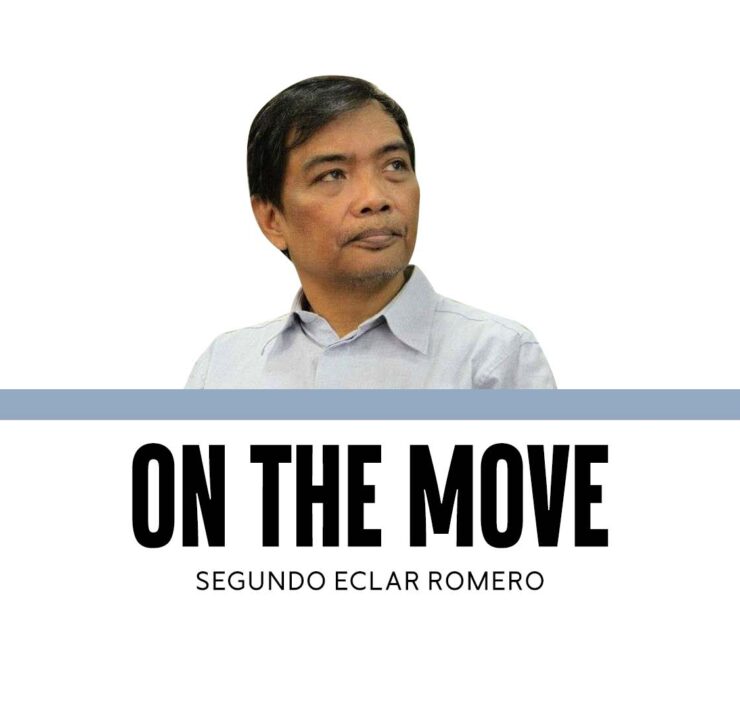Corruption on public display

During the Philippine Military Academy (PMA) graduation ceremony in May, an incident unfolded that has since generated widespread attention and debate. A cadet boldly asked President Marcos for his wristwatch, saying, “Mr. President, can I have your watch as a graduation gift?” Startled, Mr. Marcos reportedly replied, “Why, why would I give you my watch?”
According to Vice President Sara Duterte, who was standing beside the President, she was so taken aback by his refusal that she considered giving her watch to the cadet but avoided upstaging the President. Reflecting on this, Duterte admitted she felt frustrated to the point of imagining herself decapitating the President. She now characterizes their relationship as “toxic.”
Although widely discussed, this incident has yet to be analyzed with the depth and scrutiny it demands. The cadet’s request for the President’s luxury wristwatch was not merely presumptuous; it reflected a much deeper issue embedded in the culture of public service and governance in the Philippines. The Armed Forces of the Philippines (AFP) merely issued a reprimand to the cadet, who now serves in the Air Force, sidestepping a more serious discussion on entitlement, misuse of power, and the precedent of opportunism at play here.
This scenario isn’t just a quirky story of a cadet with bold requests but highlights how notions of entitlement can manifest in the most public and symbolic places. The cadet’s request reflects a disregard for the standards expected of those in public service. The President’s watch would most likely be a luxury watch; he has reportedly occasionally worn a Patek Philippe Nautilus valued at around $80,000.
This embodies a larger issue of public officials displaying opulence, counter to Republic Act No. 6713 or the Code of Conduct and Ethical Standards for Public Officials and Employees. The law calls for “simple living” as a guiding value, urging public officials to lead modest lives commensurate with their positions and public trust.
However, the cadet’s request represents a deeper and more troubling form of corruption. RA 3019 or the Anti-Graft and Corrupt Practices Act prohibits officials from soliciting or accepting gifts connected with any government transaction where they wield influence. While the cadet did not promise anything in return, simply being deeply indebted to a benefactor, especially one in power, creates a clear conflict of interest.
The cadet’s audacity has precedent. In the 2019 PMA graduation, a cadet similarly asked for President Rodrigo Duterte’s watch, and Duterte obliged, even helping fasten it on the cadet’s wrist. While Duterte’s gesture might have seemed innocuous, it contributed to what has now become an incipient culture of opportunistic mendicancy among the PMA Corps of Cadets. VP Sara approvingly recounts the 2019 exchange, but she fails to recognize how such actions perpetuate a misunderstanding of graft and corruption in a country already struggling with both. Her comments illustrate a lack of awareness regarding the nation’s longstanding battle against corruption.
Combatting corruption is a relentless battle that requires daily diligence. During President Joseph Estrada’s administration, the Development Academy of the Philippines launched a “10-Point Jumpstart Program Against Corruption,” which ironically helped expose Estrada’s corrupt practices. Key measures included “lifestyle checks” that revealed assets like the infamous Boracay Mansion and “key appointments watch” to scrutinize candidates for high government positions. Other strategies strengthened transparency measures, including civil society watchdogs, statements of assets and liabilities, and a fortified Office of the Ombudsman.
Two valuable tools from anti-corruption efforts developed under the Arroyo administration were the Corruption Vulnerability Assessment and the Integrity Development Review, which were instrumental in analyzing corruption risk across various agencies, including the AFP, Commission on Audit, Civil Service Commission, Department of Budget and Management, and the Ombudsman. These assessments exposed vulnerabilities and suggested reforms tailored to each institution’s specific corruption risks. Today, these tools remain sidelined, as do many other initiatives that have been effective in the past.
The recent PMA watch incident may appear trivial, yet it is emblematic of a broader cultural acceptance of small corrupt acts that, over time, evolve into systemic corruption. We have the tools and knowledge to address this problem. However, unless we recommit to daily, vigilant efforts against corruption, we will struggle to clear away the muck and keep public institutions accountable.
For the Philippines, fighting corruption is akin to janitorial work: laborious, daily, and essential. Anything less allows corruption to thrive unchecked, leaving the public’s trust in ruins.
—————-
doyromero@gmail.com


















